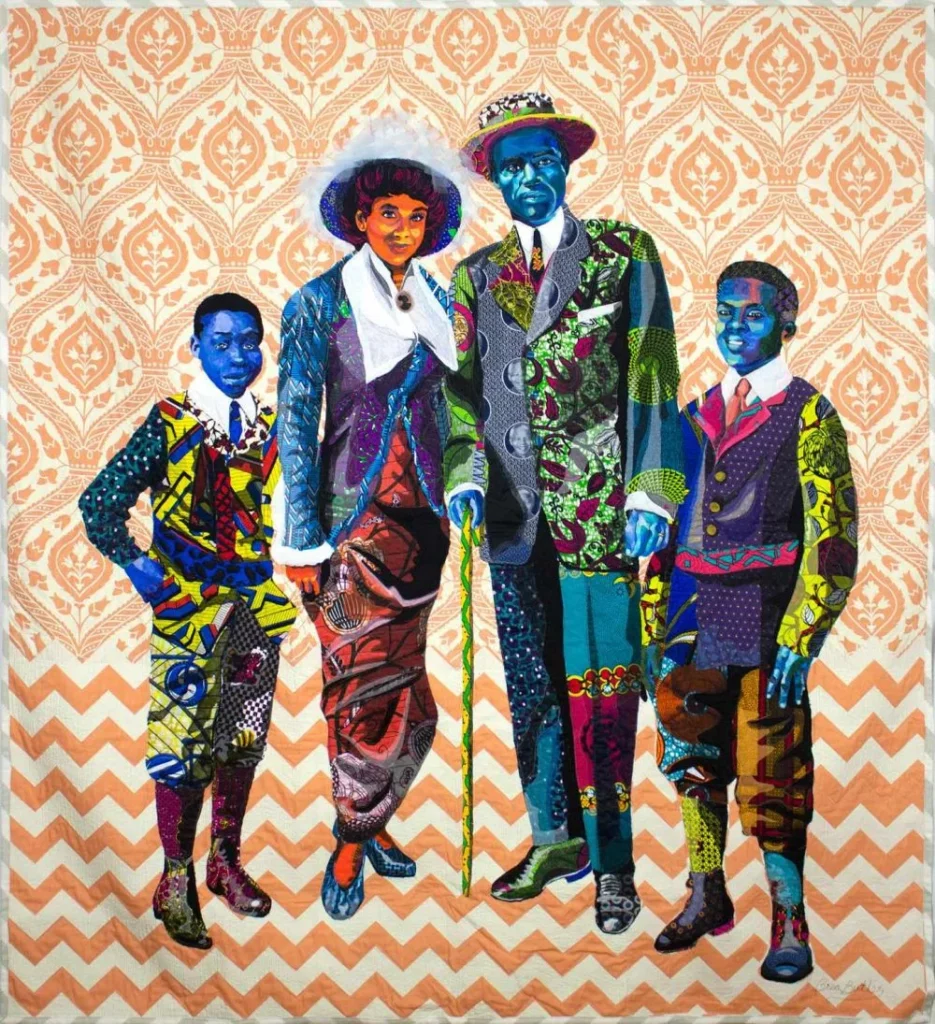Art has always been a lifeline for BIPOC creators—a way to reach back across time and reclaim the stories of our ancestors, stories often erased or distorted by colonization and oppression. For many, creating is not just about making something beautiful; it’s a way of finding their place in a lineage, exploring questions of identity, displacement, and belonging. Each brushstroke, verse, or frame becomes a thread in the larger tapestry of our heritage, woven anew for a modern world. This process is deeply personal, a journey of healing and reconnection that carries their roots forward into the future.
We see this vividly in the work of filmmakers like Ava DuVernay and Taika Waititi, who use their art to challenge mainstream narratives and center the voices of their communities. Their films are more than stories—they are acts of cultural preservation and defiance. Similarly, visual artists turn to the symbols and practices of their ancestors, using them to honor their lineage while creating something entirely new. Musicians, too, are keeping traditions alive, blending traditional rhythms and languages with contemporary sounds to craft music that feels both timeless and revolutionary. Their work bridges the gap between past and present, a testament to the resilience and creativity of cultures.
But this creative reclamation isn’t just about preserving the past—it’s about shaping the future. By sharing our heritage through art, we empower our communities, especially younger generations, to see the beauty and strength in their identities. They remind us all that culture isn’t something static or stuck in history—it’s a living, breathing force. It evolves, expands, and takes on new life through the hands of those who dare to remember and reimagine it. Through their work, these creators aren’t just keeping traditions alive—they’re making space for the next chapter to be written.
Jarrelle Barton (杰遨- Jieao)


